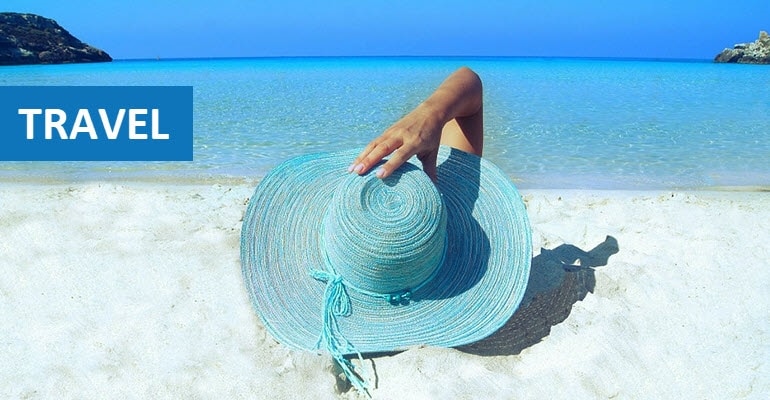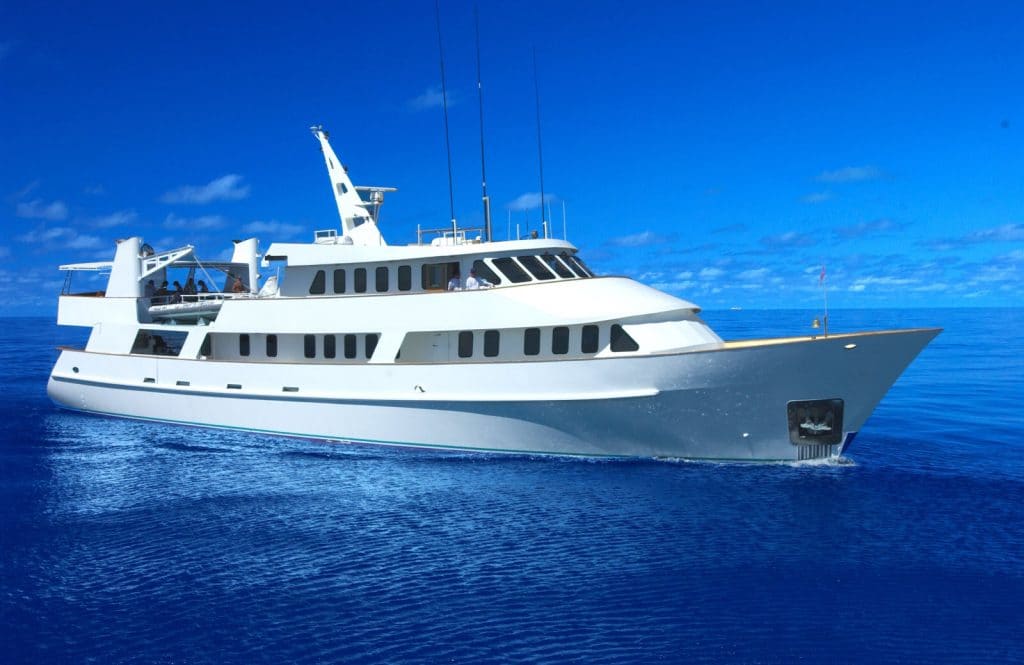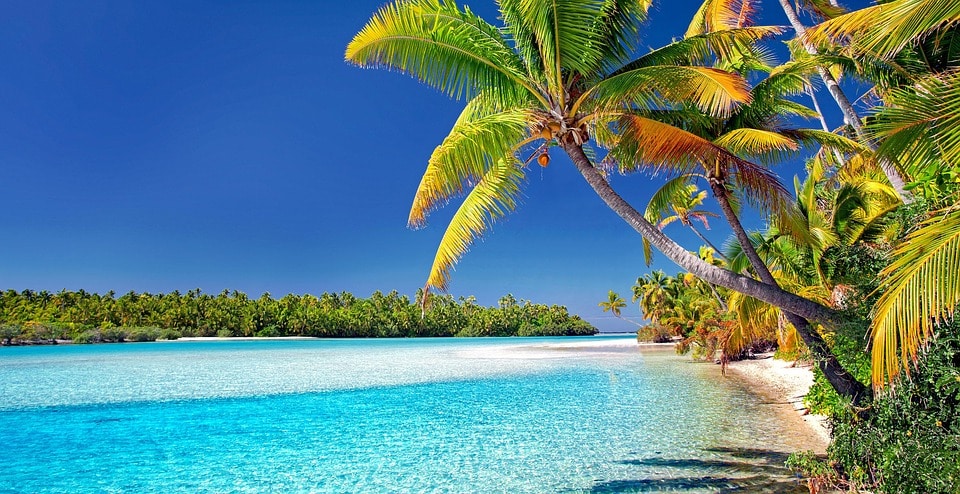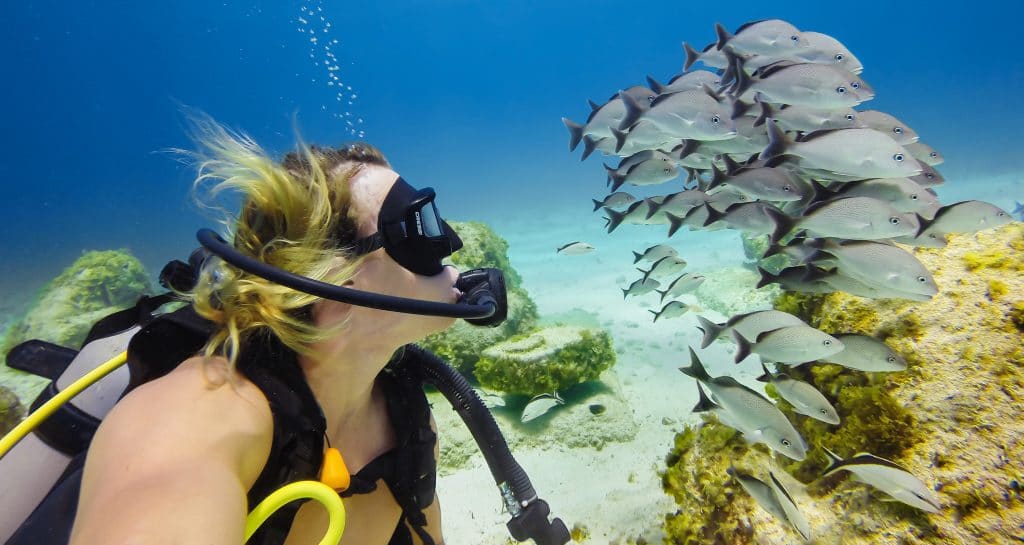Few people realize just who much they spend on the non-essentials but of course simple pleasures of daily life. If you are recordably challenged, we will introduce you to a easier, more refreshing side of budgeting. Once you begin to record your daily expenditures, you can have a better perspective on when your money goes and how to be wise in your spending.
Know your Expenses
Before you embark on your bright future of budgeting, it is important to know your basic needs. What do you currently pay monthly without fail that is absolutely essential? Search through the following list:
- Housing Rent
- Car Expenses
- School Tuition
- Books (buy used to save money)
- Entertainment
- Laundry
- Food (average – keep record)
- Lab or Test fees
- Travel Expenses
- Charity Contributions
- Other
Now that you have put together a brief list of essential expenses, tally them up. Finally, figure out how much you income you receive from work, parents, grants, and other means. Deduct your total income with your basic needs to find out how much you have for entertainment costs, new clothes, that desperately desired cappuccino, and other purchases that arise. Budgeting is simple. Pay the bills first, then set aside money for the essentials.

Tip: Pay the bills with the highest interest rate first!!!
Whatever is left over, is for your entertainment. Many students stumble on this point. They start with paying for all their social life activities for 28 straight days, and at the end of the month, they count the pocket change they have left over in their pockets, under sofa and car seats, etc., finally bum’n off friends to pay that electric bill or car insurance. This does not have to happen to you. The excitement and adrenaline rush of “liv’n on the edge” wears off real quick, and no one likes a mooch for a friend. Responsible people can still have a fun time but they know how to budget.
Recording Expenses
How do you know what your expenses are going to be? Write them down using our weekly. From the above section, you should know what your expenses are. When recording your expenses, you will be surprised to learn how much money is actually spent on junk.
If you have ever had to count your calories and write down everything you eat during the day for a health class, you, like me, have probably been convicted and felt guilty looking at the sweets, chips, and other items you just snuck in. If you don’t spend much money, or make a big deal out of the item, you will inevitably forget about it. So it goes with budgeting. Writing down every expense, they add up.

Once you start writing down everything you buy, you will find that you spend less in order to avoid recording it… mainly because it gets annoying.
Planning for the Future
Once you have begun to write down your expenses, and know what your total essential expenses are, you can begin to plan for future expenses. You will find that you begin to save money and have some extra for other unnecessary or unessential expenses. Here is a quick list of expenses that you will find that you want to save for:
Holidays:
- Christmas
- Easter
- New Years
- Other
Birthdays:
- How many people
- How much per person
College or Uni Holidays:
- Summer Road Trip
- Spring Getaway
- Christmas Ski Trip
- Spontaneous Adventures
If you plan for the future, then you will have fun during holidays and vacations. However, if you wait until the last minute to save up, you will find much unneeded anxiety. Try to be smart!







